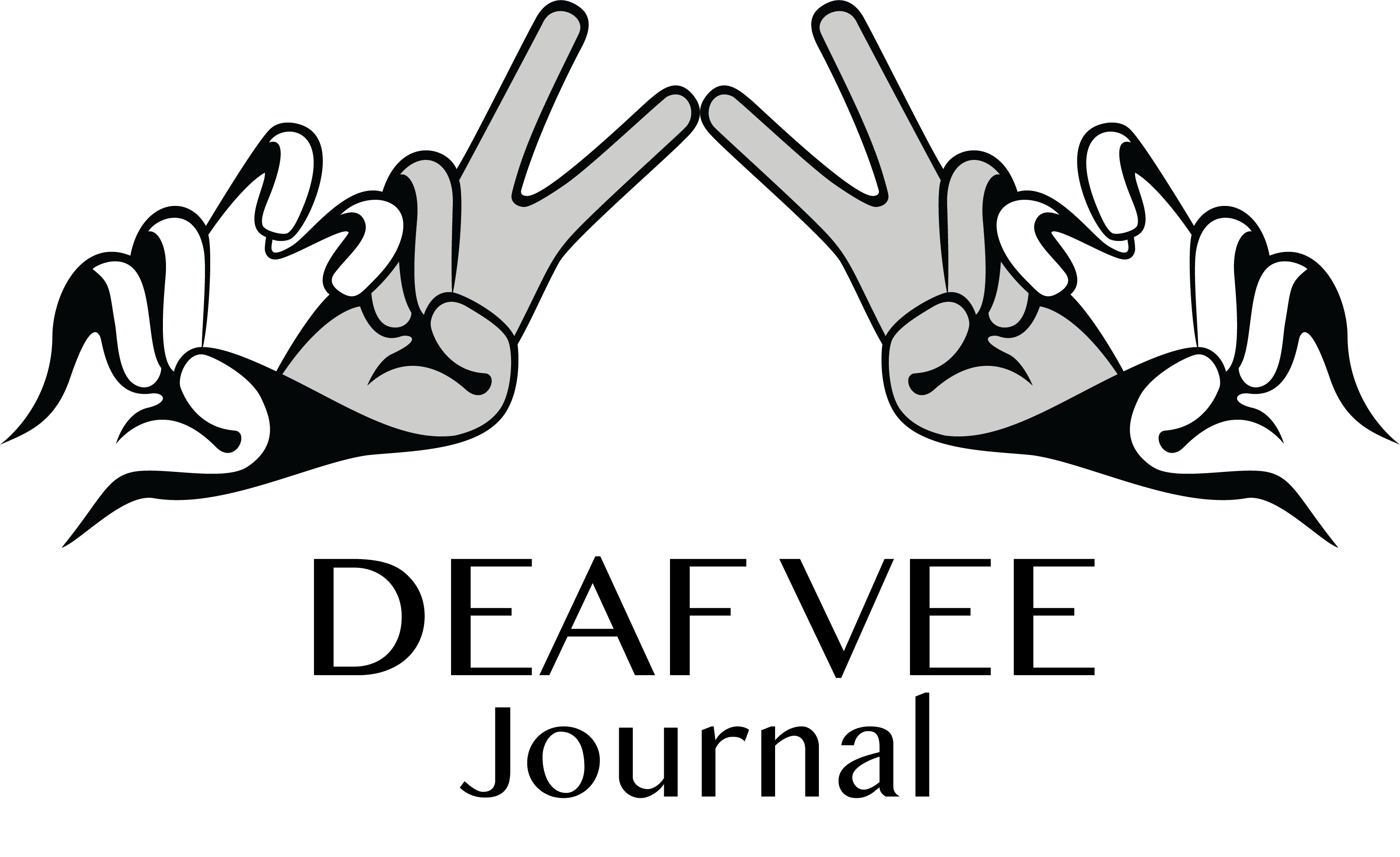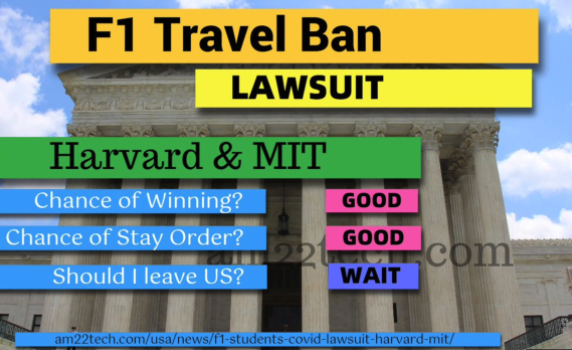Sources (i.e., Newsweek, Gallaudet University, and various research experts) have different estimates on the total number of Deaf* people in the United States and territories who use sign language, such as American Sign Language [ASL], Plains Indian Sign Language [PISL], Lengua de Señas Mexicana [LSM], and Puerto Rican Sign Language [PRSL]. It is safe to say the figures are over a million. Interpreters, teachers of the Deaf*, hearing parents of Deaf* children, and children of Deaf* adults [CODAs] also use sign language.
People with low English proficiency struggle to obtain and understand information on the latest happenings, including a large proportion of the Deaf* communities. In times of disaster or public health emergencies, it is stressful and can be traumatizing for many Deaf* people to be deprived of the information they need to make decisions.
A total of 47 state governors have provided interpreters on-screen for live or recorded press briefings on television or social media channels, although this does not indicate that they do so at every single briefing (Howard Rosenbaum, National Association of the Deaf, 2020). The same cannot be said of county and city leaders, as far as consistent access goes for the provision of interpreters. California, New York, and Washington have had ASL interpreters on screen. Maine and Maryland are prime examples of CDI interpreters being in full view. If you are a hearing viewer and you notice an interpreter is part of the screen display, please know that it is much-needed access for the Deaf* community just as much as closed captioning is. Refrain from posting negative content (i.e., complaints about the interpreter being “too distracting,” mockery, questioning why the interpreter is there).
As much as the community has fought for equitable access to information, there continues to be pushback from multiple high-ranking officials and organization representatives. Activists and allies who are involved with the Deaf* communities have taken matters into their hands. Deaf Vee Journal has listed some resources below for you to get access to the latest information as a Deaf* person who uses sign language.
LIVE ACCESS
Videos are being submitted to a Facebook group called Live Access ASL, where interpreters volunteer their time to interpret the videos. Live Access ASL was initially established four years ago for the Democratic National Convention (DNC), though several Deaf* members contacted Shonna Magee-Hudson and asked her if the group could be used as community support due to continued lapses in access for television and Internet updates.
CSD CORONAVIRUS HOTLINE
CSD set up a direct hotline in ASL for Deaf* people to reach out and inquire for further information related to what they have seen on television. The hours for CSD’s hotline are from 7 a.m. to 7 p.m., Central Standard Time. There are two ways you can contact the hotline. You can go to www.csd.org and click on “ASL Now,” or you can call the hotline at 833-682-7630.
THE DAILY MOTH
The Daily Moth has been offering daily updates on the coronavirus pandemic. A variety of videos are available, including interviews with experts in sign language that explain exactly what the coronavirus is and how people should be responding.
ACEA SL
If you live in Canada, check out ACEA SL (Accessible Canadian Emergency Accounts in Sign Language). You do not ned a Facebook account to access it. ACEA SL uploads Canada’s live-streamed and pre- or post-recorded emergency public health announcements with ASL and LSQ interpreters, including Deaf interpreters, for Deaf* community members.
This list is not comprehensive. If you know of any other organizations or entities that are providing direct access to resources and information about the Coronavirus pandemic in sign language, please feel free to contact us at deafveejournal@gmail.com so we can add to the list.






